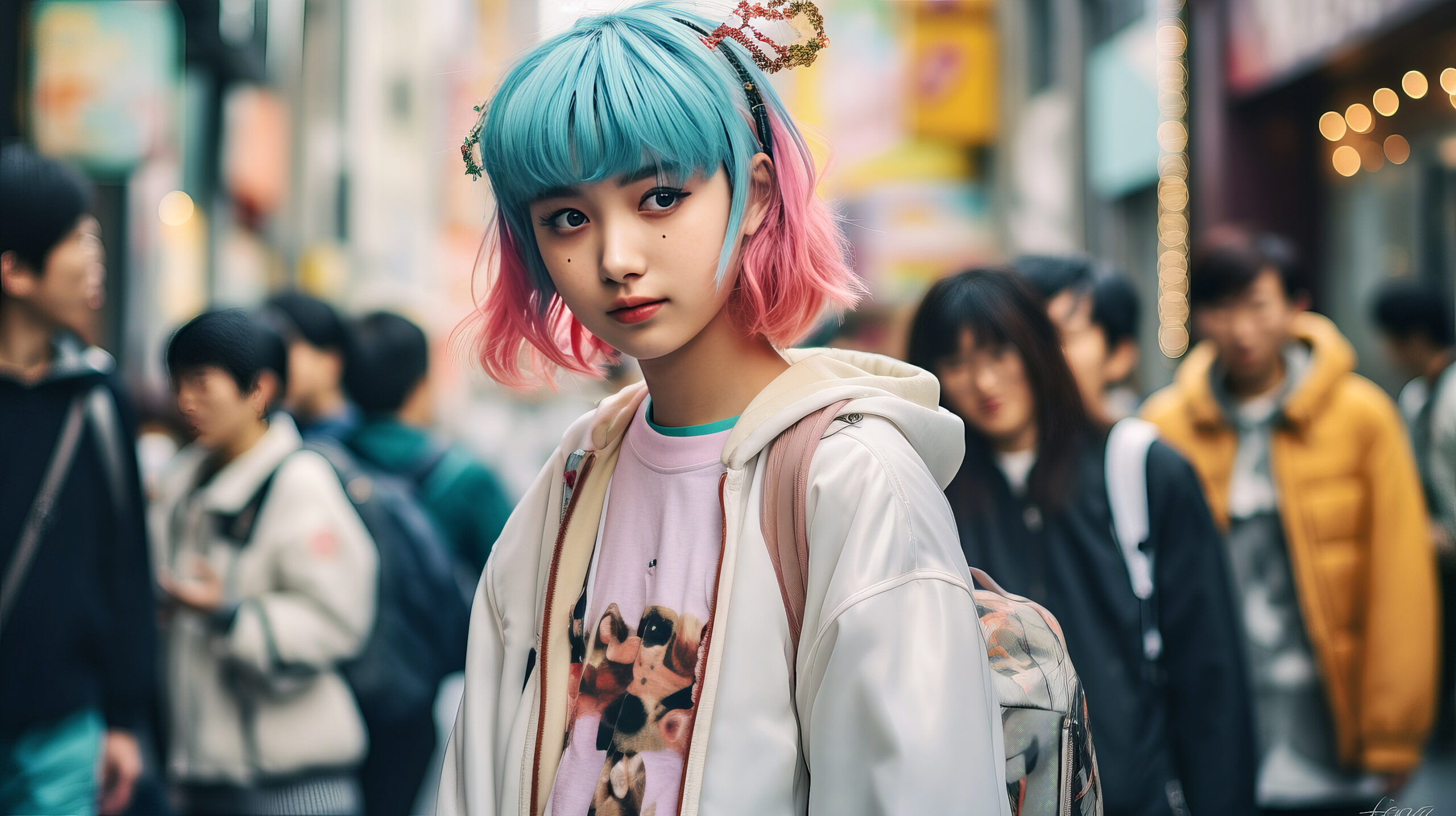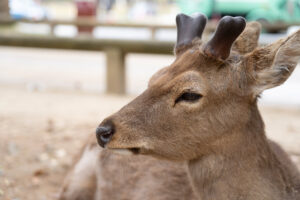In the heart of Japan’s bustling cities and the quiet charm of its countryside, a pervasive cultural phenomenon has taken root, captivating both locals and global audiences alike. This phenomenon is none other than Japan’s ‘kawaii’ culture, a concept that transcends mere cuteness to embody an ethos that influences fashion, technology, music, and daily life. The word ‘kawaii,’ originally denoting a blushing, bashful cuteness, has evolved to represent an aesthetic of adorable, childlike innocence that is undeniably appealing. This article explores the depth and breadth of Japan’s kawaii culture, from its historical roots to its modern-day manifestations and global influence.
Unveiling Japan’s Kawaii Culture Phenomenon
The term ‘kawaii’ has become synonymous with a unique aspect of Japanese culture that celebrates all things cute and charming. This cultural phenomenon encompasses a wide range of elements, from fashion and art to everyday household items. Kawaii culture is not just a superficial obsession with cuteness; it represents a form of expression and a way of life for many in Japan. It reflects the nation’s affinity for youthfulness and playfulness, serving as a means to bring joy and color into the mundane aspects of daily life. The appeal of kawaii culture lies in its ability to create a sense of comfort and happiness, forging a connection with people’s inner child.
The Historical Roots of Japan’s Kawaii Obsession
Kawaii culture can trace its origins back to Japan’s Edo period (1603-1868), where the aesthetic began to take shape in the form of netsuke and woodblock prints featuring charming, childlike figures. However, the concept of kawaii as it is known today began to emerge in the 1970s, with the rise of cute handwriting styles among Japanese schoolgirls. This cultural shift was further propelled by the commercial success of Hello Kitty in 1974, a character that became an emblem of kawaii culture worldwide. The kawaii aesthetic’s emphasis on simplicity and innocence resonated deeply with the Japanese public, cementing its place in the cultural landscape.
Kawaii Culture in Modern Japanese Society
In contemporary Japan, kawaii culture is omnipresent, permeating various aspects of society. From fashion and food to advertising and media, the kawaii aesthetic is an inescapable part of daily life. Retailers and businesses capitalize on this trend by incorporating cute designs into their products and branding, appealing to a wide demographic. Kawaii culture has also influenced societal norms, encouraging a preference for all things adorable and promoting a youthful appearance as an ideal. It’s a powerful force in shaping consumer behavior and preferences, illustrating the profound impact of this cultural phenomenon on Japanese society.
Harajuku: The Epicenter of Kawaii Fashion
Harajuku, a district in Tokyo, is widely regarded as the heart of kawaii fashion. This vibrant neighborhood is a melting pot of styles, where traditional elements of Japanese culture intertwine with modern, Western influences. Harajuku has given rise to various subcultures, including Lolita, Fairy Kei, and Decora, each with its unique interpretation of kawaii. The streets of Harajuku are a canvas for self-expression, where fashion enthusiasts showcase their imaginative and often handcrafted ensembles. The district’s eclectic atmosphere and fashion-forward residents make it a focal point for those looking to experience the cutting edge of kawaii culture.
The Global Influence of Japan’s Kawaii Aesthetic
Japan’s kawaii culture has expanded far beyond its borders, captivating a global audience and influencing international trends in fashion, art, and entertainment. The universal appeal of kawaii lies in its simplicity and the joy it brings to everyday life. International brands have embraced the kawaii aesthetic, incorporating it into product designs and marketing strategies to appeal to consumers worldwide. Social media platforms have further facilitated the spread of kawaii culture, allowing people across the globe to share their love for all things cute and adorable. This global embrace of kawaii culture underscores the universal desire for a bit of whimsy and innocence in our lives.
How Kawaii Transcends Fashion into Daily Life
Kawaii culture extends far beyond the realms of fashion, deeply influencing various facets of daily life in Japan. From the design of household appliances and office supplies to the presentation of food, the kawaii aesthetic is evident in the attention to detail and the pursuit of charm in everyday objects. Public transportation, including trains and buses, often features cute mascots, while cities deploy adorable characters to promote public initiatives. This widespread adoption of the kawaii aesthetic reflects a societal commitment to incorporating elements of joy and playfulness into the fabric of daily life, making the mundane extraordinary.
The Role of Mascots in Spreading Kawaii Culture
Mascots, or ‘yuru-chara,’ play a significant role in disseminating kawaii culture throughout Japan and beyond. These characters, often representing cities, regions, or companies, embody the kawaii aesthetic with their endearing designs and whimsical backstories. The popularity of these mascots underscores the deep-seated affection for kawaii within the Japanese public, serving as ambassadors of cuteness and charm. They are not only a source of entertainment but also a powerful marketing tool, engaging audiences and fostering a sense of community and identity.
Kawaii and Its Impact on Japanese Pop Music
Japanese pop music, or J-Pop, has been significantly influenced by kawaii culture, with artists and idol groups adopting the aesthetic both in their music and appearances. The visuals of music videos, album covers, and merchandise often feature kawaii themes, appealing to fans’ love for all things cute. This fusion of music and kawaii aesthetics has contributed to the genre’s appeal, drawing in listeners with its upbeat melodies and visually appealing presentations. Kawaii culture has become an integral part of the J-Pop identity, shaping the industry’s global image.
The Intersection of Kawaii Culture and Technology
The world of technology has not been immune to the charms of kawaii culture, with tech companies incorporating cute designs into their products and user interfaces. From smartphone apps and games to virtual assistants and robots, the influence of kawaii can be seen in the effort to make technology more accessible and appealing to users. This melding of kawaii aesthetics with technology reflects a broader trend towards humanizing tech products, making them feel more friendly and relatable to consumers.
Exploring the Darker Side of Kawaii
While kawaii culture is predominantly seen as a source of joy and innocence, there exists a darker undercurrent that critiques its emphasis on youthfulness and conformity. Some argue that kawaii culture imposes restrictive notions of femininity and infantilizes women, perpetuating unhealthy beauty standards. Furthermore, the pressure to conform to the kawaii ideal can lead to a homogenization of personal expression, stifling individuality. This darker aspect of kawaii culture invites reflection on the societal implications of its widespread appeal and the need for a more inclusive understanding of cuteness.
Kawaii Culture in the Age of Social Media
Social media has played a pivotal role in the evolution and dissemination of kawaii culture. Platforms like Instagram and TikTok have become stages for showcasing kawaii-inspired fashion, art, and lifestyle, reaching audiences worldwide. The visual nature of these platforms makes them ideal for sharing the colorful, whimsical elements of kawaii, engaging users with eye-catching content. Social media has also fostered a sense of community among kawaii enthusiasts, allowing for the exchange of ideas and inspiration across cultural and geographical boundaries.
The Future of Kawaii: Beyond Cuteness
As kawaii culture continues to evolve, it is expanding beyond the confines of cuteness to explore more mature and diverse expressions. This evolution reflects a growing acknowledgment of the complexity within the concept of kawaii, embracing its potential for self-expression and empowerment. The future of kawaii may see it intersecting with various cultural and social movements, challenging traditional norms and inspiring new forms of creativity. As it moves forward, kawaii culture promises to remain a vibrant and dynamic force in Japan and beyond, continually redefining the boundaries of cuteness.
Japan’s kawaii culture phenomenon is a testament to the power of cuteness and its ability to transcend cultural barriers, influencing fashion, technology, and daily life on a global scale. From its historical roots to its modern-day manifestations, kawaii culture reflects a deep-seated love for all things endearing and joyful. As it continues to evolve, kawaii culture remains a vital aspect of Japan’s cultural identity, inviting the world to embrace the whimsical and the adorable. The future of kawaii is bright, promising to bring even more color, creativity, and cuteness into our lives.








